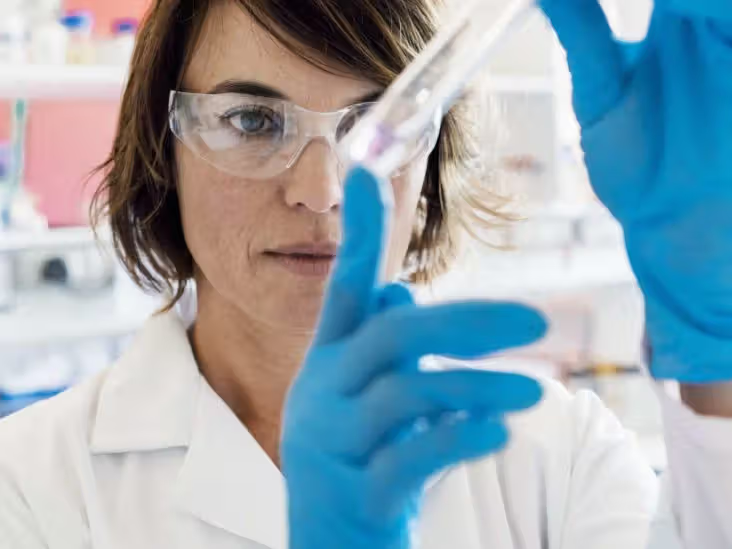Skin cancer is one of the most common forms of cancer and can affect individuals of all ages and skin types. Detecting cancer at an early stage can significantly influence the treatment process and outcomes. Most forms of cancer, when identified and treated early, are more manageable, thereby reducing complications in the long term.
Why Is Early Detection of Skin Cancer Necessary?
Skin cancer develops when abnormal cells in the skin grow uncontrollably. The growth may occur due to a range of factors, such as prolonged exposure to ultraviolet (UV) radiation. Early detection allows for prompt intervention, which increases the likelihood of successful treatment.
At an early stage, treatment may involve less invasive options, which can lead to improved recovery experiences for patients. Untreated skin cancer can spread to deeper layers of skin or other parts of the body, presenting more significant challenges for treatment. Regular examinations play a role in identifying abnormalities in their initial stages, which can positively affect treatment plans.
What Are the Warning Signs of Cancer?
Recognizing the warning signs of skin cancer requires attention to changes in the skin. Knowing the basic characteristics of different types of cancer can help individuals identify potential abnormalities and seek medical advice when necessary. The ABCDE rule is often used as a guideline to identify potentially cancerous moles or growths:
- Asymmetry, meaning, one half of the mole does not match the other.
- Border irregularity is when the edges are ragged, notched, or blurred.
- Color changes in skin may vary in shades of tan, brown, black, or other colors.
- Diameter greater than 6 millimeters.
- Evolving shape, size, or symptoms such as itching or bleeding.
Noticing these signs warrants a visit to a healthcare professional for further evaluation. Early recognition is the first step in addressing concerns about skin changes.
How Is It Diagnosed?
When signs of skin cancer are detected or suspected, healthcare professionals follow specific procedures to confirm a diagnosis and understand the extent of the issue. These steps typically involve thorough examinations and, when necessary, additional tests. The diagnostic process may begin with a detailed visual examination of the affected areas of the skin and visual abnormalities.
If an abnormality is identified, the next step often involves a skin biopsy. During this procedure, a small sample of the suspicious tissue is removed for analysis. The sample is then examined under a microscope by a pathologist to confirm whether the tissue is cancerous. There are several types of biopsies, and the choice of biopsy type can depend on factors such as the size, location, and characteristics of the lesion.
Receive a Check-up From a Dermatologist
Skin cancer, when caught early, offers better prospects for treatment and management. Regular self-examinations and awareness of skin changes are key in forming proactive habits. Seeking professional advice at the earliest signs of abnormality can contribute to better treatment experiences. A dermatologist offers expertise in identifying and diagnosing skin irregularities. Booking a check-up can provide the reassurance and medical guidance needed to address skin concerns.

